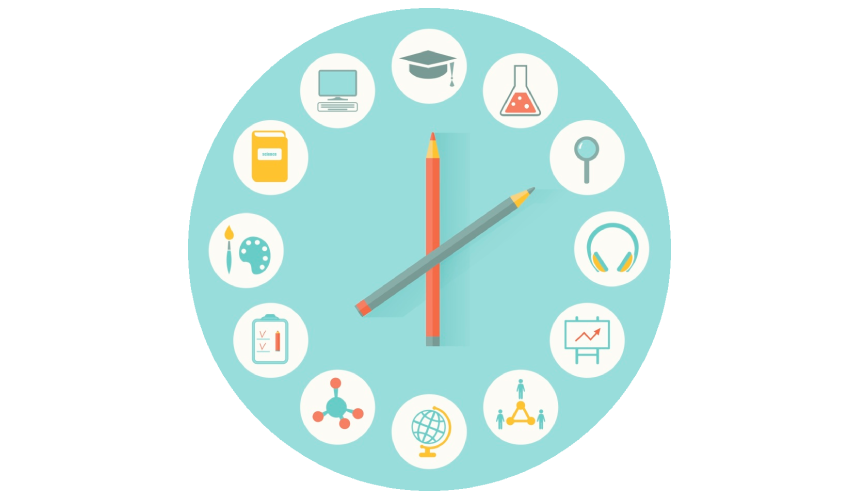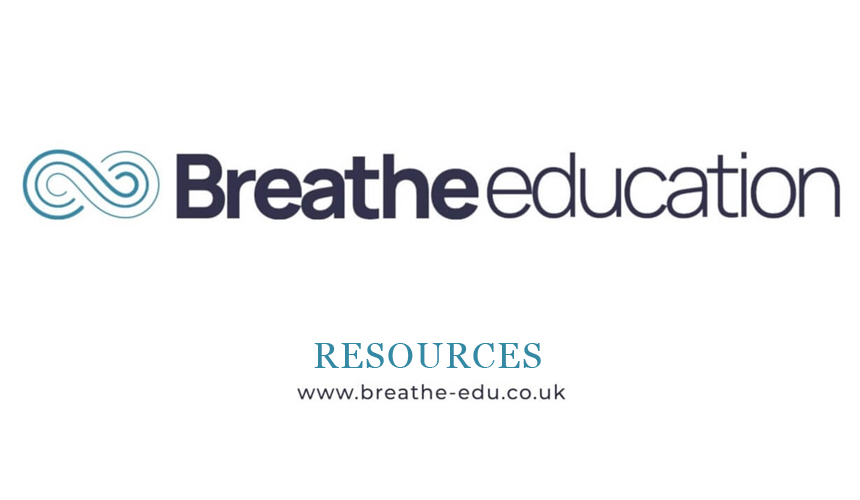

“But I know, somehow, that only when it is dark enough, can you see the stars”
Martin Luther King, Jr
Everyone feels low sometimes, our brains have developed to feel sad as well as feel happy, it is all very natural. Occasionally however, low moods can become areas of difficulty for young people and sometimes they develop into a more serious forms commonly known as depression.
The area of low mood and depression is broad and considerable however we feel the three most important things for teachers to know are:
Low mood is a very common emotion that occurs from time to time in people of all ages including young people. It is often described as feeling like the enjoyment and fun has gone out of life. It can appear spontaneously but is usually triggered by something such as a stressful situation or life changing event. Young people that are vulnerable to low mood may find that seemingly innocuous situations can trigger a period of low mood.
Where low mood is different and distinct from depression is how severe its impact is on a young person and how long it persists. Usually a low mood that consistently persists for more than 2 weeks may indicate depression (however it is important to consider what might be going on in young person’s life over this timescale).
Young people that have encountered Adverse Childhood Experiences or ACE’s such as trauma, abuse or neglect are at an increased risk of low mood and depression. Traumatic histories or having early insecure can impair a young person’s ability to cope with low moods when they arise. Other causes might be difficulties with friendships, being a victim of bullying or conflict at home/parental separation. It is also important to consider that a young person may have parents with physical illnesses or poor mental health, issues around drugs and alcohol, may have suffered a bereavement, are suffering with anxiety or are going through hormonal changes that may impact on their mood.
Adolescence is a time when a sense of self and identity is developing. This can often lead to young people feeling isolated. Adolescence is also a time when young people develop a much more sophisticated sense of the world around them, especially any consequences for not “fitting in” or having a generally perceived normal life. It is therefore especially important to consider vulnerable and diverse groups such as that may feel under-represented in media and the society.
At this age it is important to consider that some young people may have been struggling with low mood since childhood, making them feel that this is just how they will feel for the rest of their life. This belief can result in a feeling of helplessness and a sense of worthlessness that is associated with risk-taking behaviours such as inappropriate sexual involvements and drug and alcohol abuse. It is therefore important for young people experiencing depression to know that this is common and to receive support as early as possible.
Different people experience low mood in different ways and there are common thoughts, feelings, behaviours and physical reactions that may indicate a young person is experiencing low mood or depression. It is common for mood to go up and down in adolescence and it will not always be obvious when a young person is experiencing depression, but some signs include:
Also, see the Inside the Mind poster of a young person who is experiencing low mood and depression might be thinking / say and ways to respond / start a conversation.
It can be good practise to encourage a young person to explain how they are thinking, feeling and behaving or if they have noticed any physical changes or reactions in themselves. The diagram below gives some examples of the thoughts, feelings, behaviours and physical experiences a young person might describe.

You may also notice other aspects of wellbeing in the list of signs above such as anxiety, suicide and self-harm which can appear alongside low mood and depression and are more common in adolescence. It is good practice to understand these aspects of wellbeing also as they can help with engaging a young person that is having difficulties with their mental wellbeing.
There is lots of overlap between low mood and depression, distinguishing between the two is all about how severe or how enduring a sign or symptom might be. For example, a young person describing frequent self-criticism that comes and goes might be more representative of low mood, whilst a young person who describes a long standing self-criticism, that interferes with their sleep and has been continual for two weeks, might be more indicative of the early signs of depression.
Remember however that depression is not just one symptom for a certain amount of time but a collection of symptoms; this is why it is important to ask a young person how they are feeling and give them chance to express what is going on for them.
Teacher wellbeing
Teachers play an invaluable role in assisting with their pupils. Whilst we are preparing ourselves to help others we must also look after ourselves; we’ve got some advice and guidance on this in the teacher wellbeing section. As with all matters of mental health taking time to gain awareness of conditions like low mood and depression helps to build confidence in what to do and how to support early intervention and prevention.
How to support
As we have seen low mood is related but is not the same as depression. As with all serious mental health conditions, teachers are not expected to diagnoses and provide psychotherapy. Teachers can however support young people with persistent low moods and be alert to the early signs of depression in order to facilitate professional help if required.
So what can we do if we notice someone is struggling with low mood?
If you notice a pattern of the signs mentioned above (for example frequent self-criticism or low energy), then it is important to talk to them. Don’t be afraid to ask them if everything is ok and if anything is worrying them, these simple steps can often facilitate conversations that can lead to a young person receiving help. We’ve got some advice and guidance on engaging a young person regarding their mental health that can give you some ideas on how to go about this and we outline the some of the potential support pathways you can suggest in the support section here.
As with all matters of wellbeing, taking time to focus on areas such as emotional regulation helps to build an outlook that feeds into the interactions a teacher has with the young people they support.
Helping young people feel valued and supported
Typically, a young person (or adult) will feel guilt and shame about how they are feeling so it is important to create a non-judgemental environment that a young person feels safe talking to you in. As low mood is associated with feelings of worthlessness it is important that a young person feels they are understood and that their feelings are accepted and valued. Teachers can do this by showing concern and offering to check in at future times. A good technique to help a young person gain a sense worthiness back is to ask open questions and let a young person lead the discussion. Sometimes just listening and being a compassionate witness to another person’s feelings is a powerful intervention in itself.
It may also be useful to help young people think about their support network so they are able to identify who they can talk to when they need support. A visual guide to help them do this could be using the Circles of Support exercise in our resources section.
A common approach for people suffering with low mood is Cognitive Behavioural Therapy (CBT). In this case teachers are not expected to perform the role of CBT practitioners, but get a sense of the basics so that they can help young people start thinking about how their thoughts interact with their feelings and behaviours.

We have between 70,000 and 100,000 thoughts a day that make up our ideas, opinions and beliefs about ourselves, others and the world around us. These thoughts are often automatic, negative and we are largely unaware they are happy. We often only become aware of them when they reach critical mass and are often in response to a situation we feel strongly about. Our thoughts change how we see situations, effect how we feel, and shape our behaviour. Challenging the negative thoughts we have can try and positively influence how we feel and behave.
An exercise you can do here is giving young people examples of typical negative thoughts, how they might appear to a young person and how they can be challenged. The ANTs and ANTeaters worksheet can help introduce the concept of automatic negative thoughts to pupils and includes an exercise for them to complete and use to challenge their automatic negative thoughts.
Once a young person has an understanding of what automatic negative thoughts are, they can have a go at identifying challenging their own examples in the challenging negative thoughts worksheet we have developed.
Low mood can make a young person feel unmotivated or mean they have difficulties carrying out activities. This then leads them to naturally withdraw from activities they enjoyed in the past. Thoughts and feelings of worthlessness therefore increase as a young person is not practicing elements of their self-efficacy and may even start to feel guilty about being unmotivated making them feel even lower. This is a negative cycle. Helping a young person to break this cycle can be extremely beneficial to their mood.

Once the cycle has been explained to a young person, a worksheet can be completed with them to identify what activities they are carrying out and what they gain from this. Activities that give a young person a sense of achievement, allows them to connect with others and is something that they enjoy, gives the activities the best chance of breaking the cycle, so work with them to find out what these activities might be. The activity diary located in our resources can help facilitate this activity.
Low Confidence, low self-esteem and a lack of identity can all contribute to low mood and all of these are common in young people. Helping a young person practice self-compassion will improve their self-esteem and help them emotional regulate leading to feelings of safety, self-acceptance, comfort and increases self-worth.
Get a young person to fill out a positive reflection on themselves can help them practise self-compassion. Use the ‘Things about me‘ activity from our resources and set a young person the task of completing it. Young people that are suffering with low mood will often find this very difficult so be prepared to help them.
When we are feeling low it can be hard to think of positive things. If the young person is finding it difficult you could try doing something to improve their mood (a good example is tell them a silly joke or get them to watch something they enjoy). Then come back to the exercise and see if anything has changed. Maybe before they couldn’t think of any but now they can think of a couple? Highlight that a positive mindset is something that you have to work on but there are lots of benefits in doing that work and that as time goes on it gets easier and easier.
Regular gratitude practise and spending time thinking about “what went well today” can help a young person work towards a more positive mindset. Encourage the young person to keep a daily journal where they can record three things they are grateful for, or three things that have gone well that day/that they are happy about. They could extend this activity by thinking about why these things happened or why they are positive. Remind the young person not to worry if nothing amazing has happened; the purpose is to train the mind to look for positives even in difficult times.
What if the young person does not want any help?
None of us are able to solve every problem we face and sometimes a young person’s wellbeing becomes the most important focus. If you have serious concerns about young person’s mental health you should contact your mental health representative in your school (sometimes this might be a headteacher or deputy head) or contact professional mental health support.
It is often described as feeling like the enjoyment and fun has gone out of life. It can appear spontaneously but is usually triggered by something such as a stressful situation or life changing event. Where low mood is different and distinct from depression is how severe its impact is on a young person and how long it persists.
For younger people it is important to be aware that they may not have the language to express themselves and emotions. In the absence of a young person not being able to tell us themselves how they are feeling; we can look at the other aspects of how they present themselves such as their behaviours or physical wellbeing (e.g., impaired memory, less enjoyment from activities, avoiding situations, complaining of aches and pains).
If you notice a pattern of the signs mentioned above (for example frequent self-criticism or low energy), then it is important to talk to them. Don’t be afraid to ask them if everything is ok and if anything is worrying them, these simple steps can often facilitate conversations that can lead to a young person receiving help.

( resources found)





























How useful was this info?
Click on a star to rate it!
![]()
© Copyright Breathe 2020- 2024
Terms and Conditions | Privacy Policy
supporters & partners 



![]()
